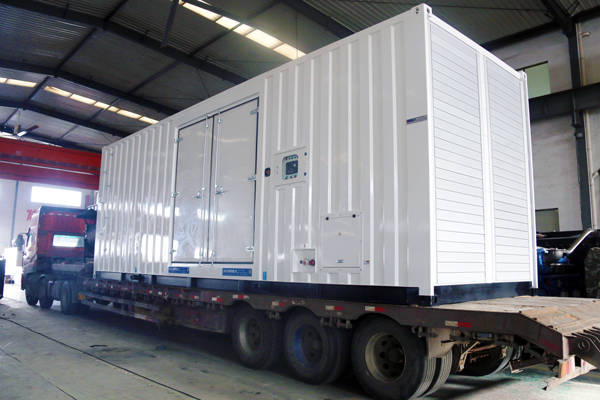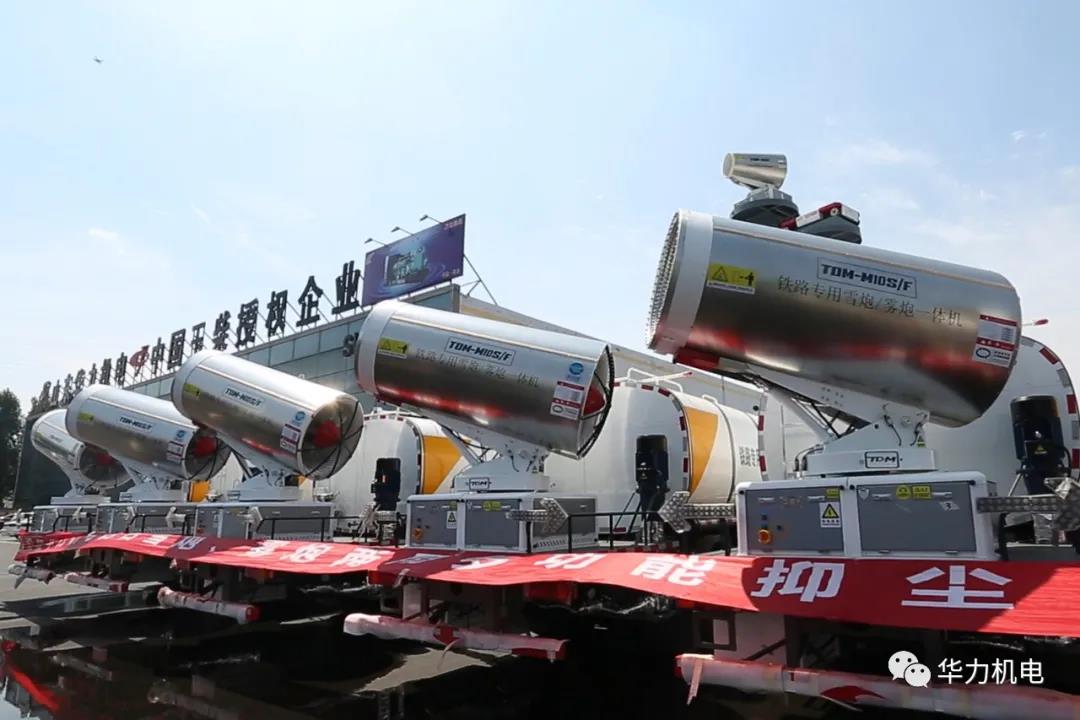Are there any factors that can affect the fuel consumption of Cummins generators?
Are there any factors that can affect the fuel consumption of Cummins generators?
May 24, 2025
Are there any factors that can affect the fuel consumption of Cummins generators?
Several factors can significantly impact the fuel consumption of Cummins generators. Understanding these factors helps optimize efficiency, reduce operational costs, and ensure reliable performance. Now let's take a look at the detailed breakdown:
Impact: Fuel consumption is highly dependent on the load percentage (the proportion of the generator’s rated capacity being used).
Underloading: Running a generator at very low loads (e.g., below 30% of rated capacity) can increase fuel consumption per unit of power produced. This is because the engine burns fuel to maintain idle operations and thermal efficiency, even when not fully loaded.
Optimal Load Range: Most Cummins generators achieve peak fuel efficiency at 60–80% of their rated load. For example, a 100 kW generator performs best when loaded between 60–80 kW.
Example: A 200 kW Cummins generator at 50% load might consume ~25 L/h, while the same unit at 75% load could achieve ~35 L/h (higher efficiency per kW produced).
2. Engine Technology and Design
Fuel Injection Systems:
Cummins’ advanced common-rail fuel injection systems (e.g., in QSZ13 or LTAA series) precisely control fuel delivery, optimizing combustion and reducing waste.
Older mechanical injection systems may be less efficient, especially under variable loads.
Turbocharging and Intercooling:
Turbocharged engines (e.g., KTA38 series) improve air intake, enabling more efficient fuel combustion. Intercooling further cools intake air, increasing density and power output per unit of fuel.
Displacement and Cylinder Configuration:
Larger displacement engines (e.g., 13L or 38L models) often have better thermal efficiency at high loads, while smaller engines (e.g., 3.9L) are more efficient at lower loads.
3. Operating Conditions
Ambient Temperature and Altitude:
High temperatures reduce air density, forcing the engine to consume more fuel to maintain power output.
High altitude (low air pressure) decreases oxygen availability, leading to incomplete combustion and increased fuel usage. Cummins engines with altitude compensation features (e.g., turbocharging) mitigate this effect.
Fuel Quality:
Poor-quality diesel (e.g., high sulfur content, water contamination) reduces combustion efficiency, increases deposits in the engine, and raises fuel consumption. Cummins recommends using clean, high-quality diesel and proper fuel filtration.
Cooling and Ventilation:
Inadequate cooling or restricted airflow can cause the engine to overheat, forcing it to run less efficiently and consume more fuel.

Engine Wear and Tear:
Worn components (e.g., faulty injectors, leaking valves, or clogged air filters) reduce combustion efficiency and increase fuel consumption. Regular maintenance (e.g., oil changes, filter replacements) is critical.
Lubrication:
Low or degraded engine oil increases friction, requiring more fuel to generate power. Generator set manufacturer Shandong Huali Electromechanical Co., Ltd. recommends using approved lubricants and following maintenance schedules.
Faulty Sensors or Controls:
Malfunctions in the generator’s control system (e.g., ECU, load sensors) can lead to improper fuel adjustment, causing inefficient operation.
5. Load Dynamics and Runtime
Frequent Load Changes:
Rapid or frequent load fluctuations (e.g., in data centers or industrial settings) can cause the engine to adjust fuel supply dynamically, potentially increasing short-term fuel consumption. Stable, consistent loads are more fuel-efficient.
Continuous vs. Standby Operation:
Continuous operation (e.g., in prime power applications) allows the engine to operate at a steady, efficient load. Standby generators (used rarely in emergencies) may experience higher fuel consumption per hour during short runtimes due to startup cycles and warm-up periods.
6. Design Features and Accessories
Idle Control Systems:
Cummins generators with adaptive idle control reduce engine speed during low loads, lowering fuel consumption. For example, some models can idle at 600–900 RPM instead of full speed.
Paralleling Systems:
In multi-generator setups, paralleling systems allow units to share loads optimally, keeping each generator within its efficient load range.
Aftertreatment Systems:
Emission control devices (e.g., diesel particulate filters, SCR systems for Tier 4 compliance) can slightly increase fuel consumption due to added backpressure, but Cummins designs optimize this trade-off for efficiency and compliance.
7. Fuel Storage and Supply
Fuel Line Restrictions:
Clogged fuel lines, filters, or pumps can restrict fuel flow, forcing the engine to work harder and consume more fuel.
Fuel Tank Placement:
Gravity-fed fuel systems or improper tank elevation can affect fuel delivery pressure, impacting combustion efficiency.
How to Optimize Fuel Consumption in Cummins Generators
Load Management: Operate within the optimal load range (60–80%) and avoid underloading.
Regular Maintenance: Follow Cummins’ service schedules for filters, oil, and component checks.
Fuel Quality: Use clean, high-quality diesel and maintain fuel storage systems.
Environmental Adjustments: For high-altitude or extreme-temperature environments, choose models with altitude/heat tolerance or use derating calculations.
Control System Updates: Ensure the generator’s ECU and firmware are updated for optimal fuel mapping.
Cummins generators are designed for efficiency, but their fuel consumption varies significantly based on load, maintenance, fuel quality, and operating conditions. By aligning usage with these factors and leveraging Cummins’ advanced technologies (e.g., common-rail injection, turbocharging), users can maximize fuel efficiency and minimize operational costs, even in demanding emergency or continuous power scenarios.
News Center
Hot Product
Hot News







